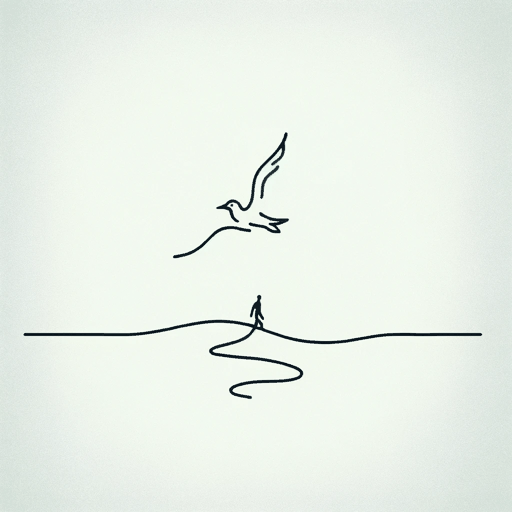31 pages • 1 hour read
Stephen KingSurvivor Type
Fiction | Short Story | Adult | Published in 1982A modern alternative to SparkNotes and CliffsNotes, SuperSummary offers high-quality Study Guides with detailed chapter summaries and analysis of major themes, characters, and more.
Summary and Study Guide
Summary: “Survivor Type”
“Survivor Type” by Stephen King was first published in 1982 as a part of the anthology Terrors, edited by Charles L. Grant. This compilation brings together 18 short stories of various horror writers, many of whom are now renowned writers in the genre. In 1985, “Survivor Type” was included in Stephen King’s own short story collection Skeleton Crew. This short story explores the themes of The Instinct to Survive, Justification and Revelation Through Self-Narration, and Racism as Hatred of the Self and Others. It does so partly by employing literary devices such as flashbacks, parataxis, apostrophes, and an epigraph.
Like many of King’s works, “Survivor Type” is written in the horror genre, more specifically body horror, “a genre trope that showcases often graphic violations of the human body” (Cruz, Ronald Allan L. “Mutations and Metamorphoses: Body Horror is Biological Horror.” Journal of Popular Film and Television, 40, 2012, pp. 160-168).
This study guide refers to the 1985 Signet edition of Skeleton Crew. Citations are for page numbers in this edition.
Content Warning: The source material features graphic descriptions of shipwreck, accidental injury and death, violence, childhood bullying, self-amputation, self-harm, autocannibalism, illegal drug use, hunting, the visualization of torture, psychological distress, and hallucination. It also depicts racist attitudes, including racial slurs. The guide makes quoted reference to these where necessary.
Prior to the action of the story, a passage in the style of a medical textbook explains that the questions of “How much shock-trauma can the patient stand?” is answered by the question “How badly does the patient want to survive?” (339).
The narrative takes the form of a personal diary. The diarist, Dr. Richard Pine, recounts the events of his life and his present predicament from a first-person point of view. Dr. Pine is a former surgeon. He was a passenger on a cruise ship Callas that was wrecked in the Pacific Ocean. After drifting in a lifeboat, Dr. Pine is now stranded on a small barren island. He is writing in an old logbook, last used in 1970.
In the first entry, the audience learns that Dr. Pine does not have access to any food, but he has matches, his watch, and a large quantity of the illegal drug heroin. He discusses his strained relationship with his father and recounts his career as a high-school football player. He claims to have been a very successful athlete, even though he loathed the sport and participated in it only out of necessity, as a football scholarship was his only means of accessing higher education.
After two days of not consuming any food, Pine feels very hungry. He continues to relate his life events. He tells about how disappointed his mother had been when he changed his last name from “Pinzetti” to “Pine.” He confesses a lack of approval for her actions as well, especially her marriage to a Jewish man shortly after his father’s death.
Pine reminisces about his childhood ambition to be a doctor, his love for surgery, and his professional success. A continued connection to his childhood neighborhood enabled Pine to access an illegal market for blank prescriptions. He reveals that he was manipulative and a bully at school: His mantra was “learn how to survive” (314).
Pine wakes to find the lifeboat has drifted off, but he says it was useless anyway. He hunts down a seagull and hurts his foot in the process. He cannot make a fire due to the lack of wood and is forced to eat the seagull raw. After this, Pine begins to feel angry and sadistic urges toward the birds.
He continues to describe his medical career, detailing how “pushing” illegal substances had helped him set up practice on Park Avenue, a prestigious area of New York. After becoming a licensed practitioner, he continued his illegal activities to increase his income, including unnecessary surgeries and selling prescription medication in collaboration with other doctors and pharmacists. Pine reveals that he was caught and had his medical license revoked after an associate informed the authorities about him.
Two days later, after another day without food, Pine succeeds in catching another seagull, which he again eats raw. His memories begin to border on hallucinations; he claims to hear the voices of his family and a man who had sold him heroin in Ho Chi Minh City (formerly Saigon). He also discusses his friend, Ronnie Hanelli, who had a modest upbringing similar to Pine’s and went on to set up a law practice. Pine writes that Ronnie helped him put a drug smuggling operation into motion. Pine planned to procure large quantities of heroin from Ho Chi Minh City (formerly Saigon) and sell the product in the United States.
The next day Pine breaks his ankle while trying to attract the attention of a plane that flies overhead. He faints from pain. During the following days, he manages to write out the word “help” with rocks. The increased pain and the discoloration of his injury compel him to consider amputation.
Pine decides to amputate his foot but puts the task off. Instead, he recounts the story of how his smuggling affair went awry. After finalizing the illegal drug exchange in Ho Chi Minh City (formerly Saigon), Pine boarded the cruise ship Callas, bound for San Francisco. One evening an explosion occurred on the lower decks of the ship, and it swiftly started to sink. Pine describes various of the terrified and injured passengers, none of whom he helped. He found a lifeboat with one other man in it and describes how the man is pulled overboard by a stray rope. The lifeboat was severely damaged when it washed up on the deserted island.
He resolves to carry out the amputation.
The next day, Pine recounts his amputation of his foot. He took a dose of heroin as an anesthetic. Pine took some more of the substance after the operation, falling unconscious. On waking, it was sunset, and he took some more heroin in order to enjoy it. As he has not eaten in four days, Pine cleaned the amputated foot and ate it.
The following day Pine is struggling with pain and itching from his wound. He continually takes heroin to alleviate these physical symptoms and to suppress his hunger. Pine considers removing another limb for food. He finishes the day in a dreamlike state, fantasizing about all of his favorite foods. When he wakes up, Pine attempts to catch another seagull but, despite stalking it for a long time, he only manages to injure its wing, allowing the bird to swim out into the sea. He smashes his watch in the process. This incident leaves Pine bitterly angry at the bird. He seeks to escape his sense of failure with a large dose of heroin.
Pine amputates his other foot and eats it. In the days following the second operation, the island is devastated by a storm, and Pine takes cover in a shelter he has constructed out of rocks. He has a flashback to a preacher in his neighborhood church who used to describe hell. When the storm ends, Pine crawls out to sunbathe, which improves his physical state. He also collects driftwood and eats some kelp and a crab he catches.
After not being able to hunt down another seagull, Pine decides to cut off his right leg at the knee. He boasts that “[s]hock-trauma would have killed a lesser man,” (403), but he has many difficulties with this procedure, as his hands are trembling. After satiating his hunger, he reminisces about his affluent past. As Pine is growing increasingly disoriented and is no longer able to accurately record the date, he cuts off his other leg at the knee. After the procedure he attempts to recall the details of his former life and relate his current sensations but his writing becomes increasingly incomprehensible. He cuts off more parts of himself, including his earlobes.
In his last entry, Pine’s account becomes coherent enough to relate another bitter recollection of his father. In the last lines, he writes about choosing which of his fingers he should eat first, claiming that “they taste just like lady fingers” (420).
Related Titles
By Stephen King
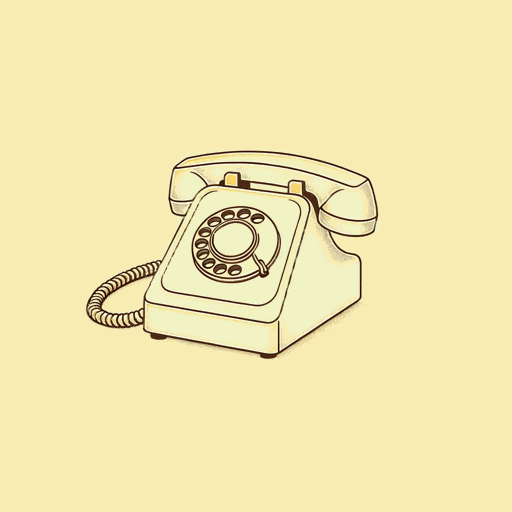
11.22.63
Stephen King
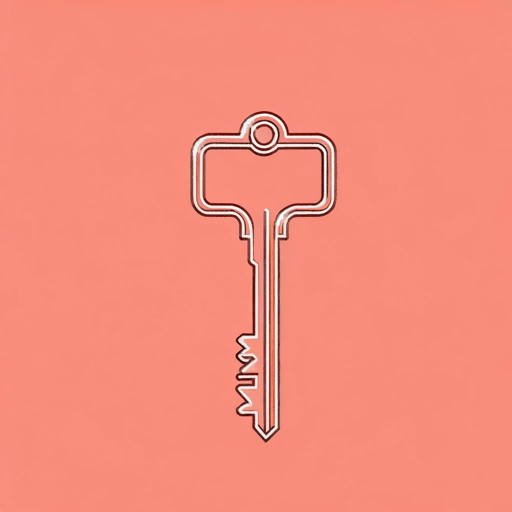
1408
Stephen King

Bag of Bones
Stephen King
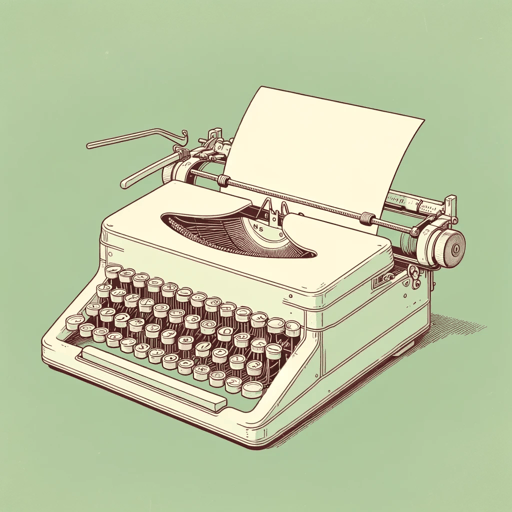
Billy Summers
Stephen King
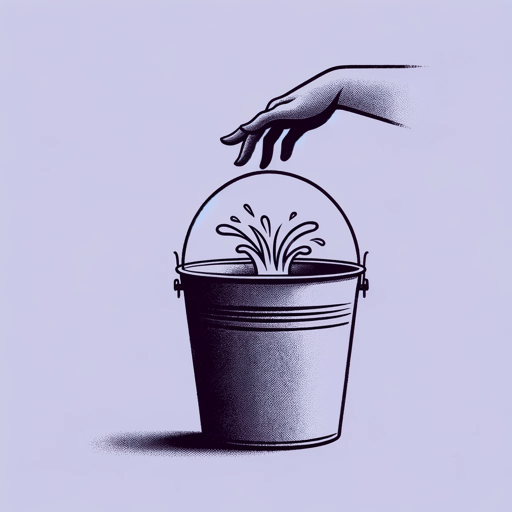
Carrie
Stephen King
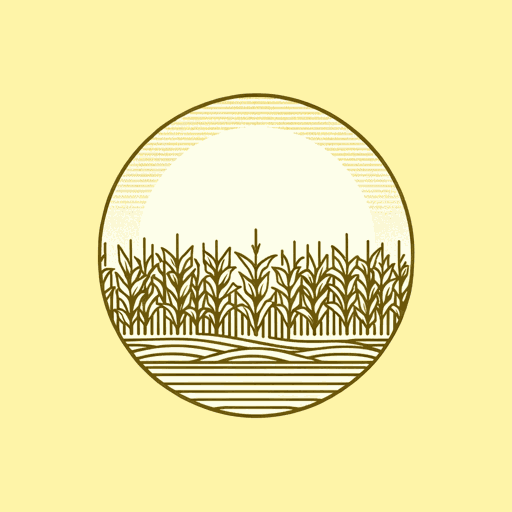
Children of the Corn
Stephen King
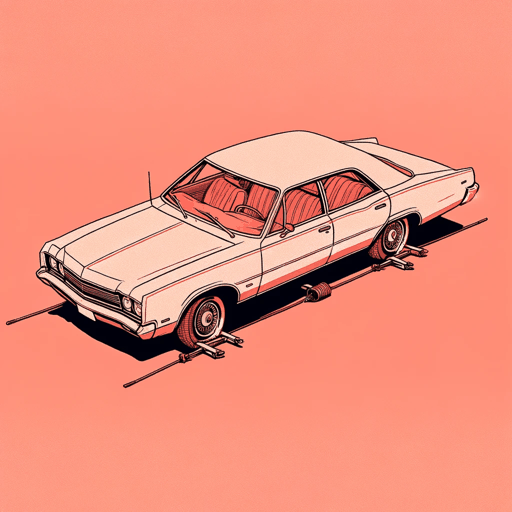
Cujo
Stephen King
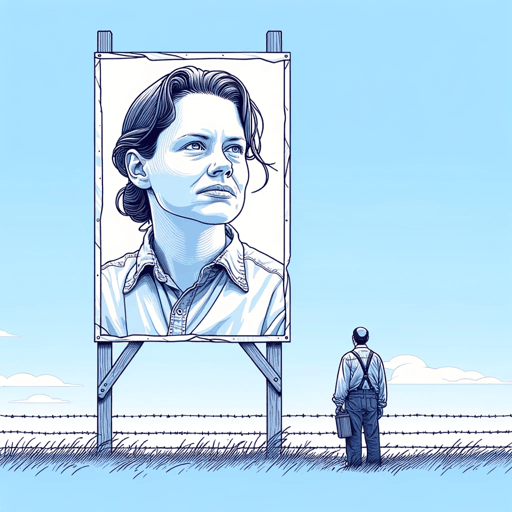
Different Seasons
Stephen King
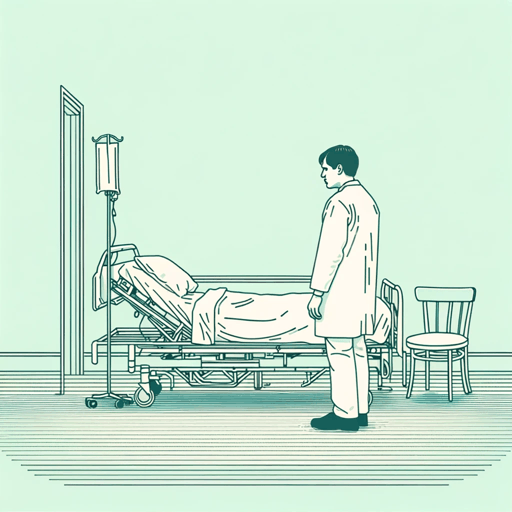
Doctor Sleep
Stephen King
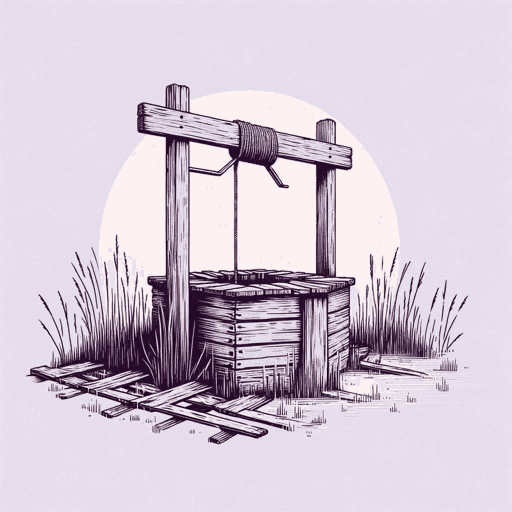
Dolores Claiborne
Stephen King
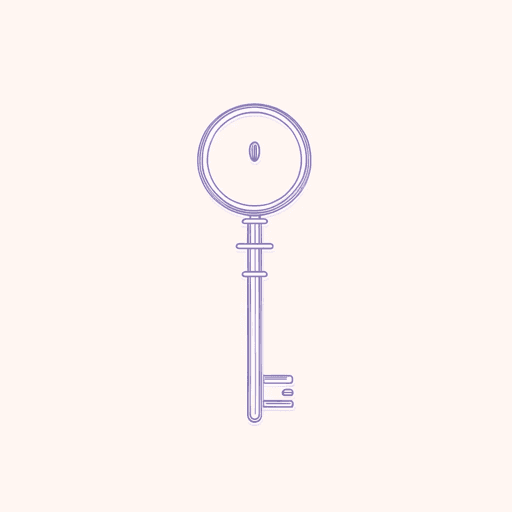
Duma Key
Stephen King
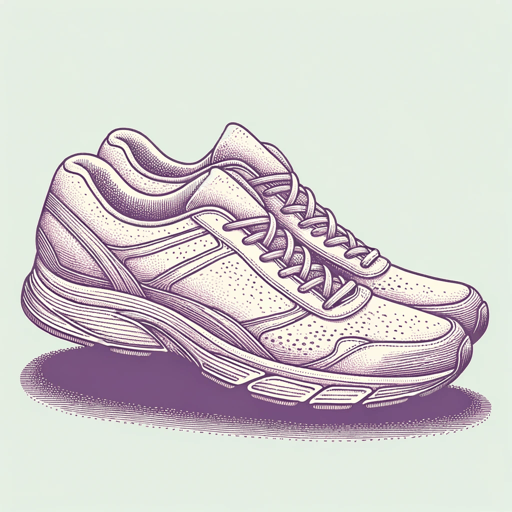
Elevation: A Novel
Stephen King
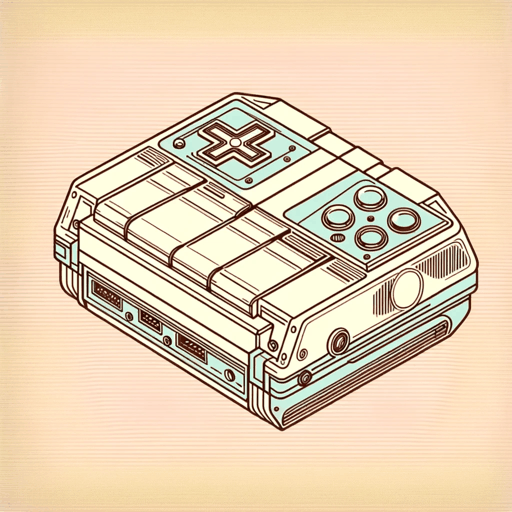
End of Watch
Stephen King
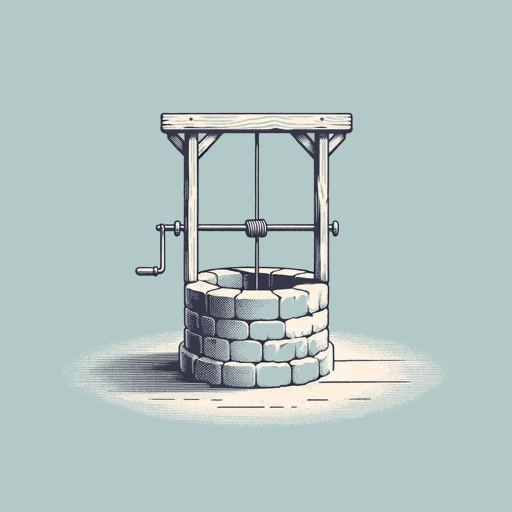
Fairy Tale
Stephen King

Finders Keepers
Stephen King
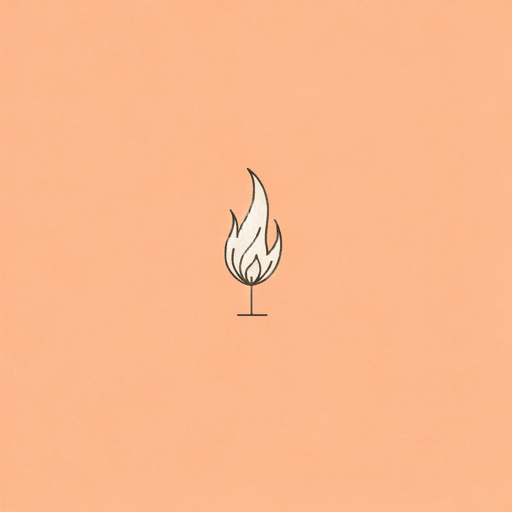
Firestarter
Stephen King

From a Buick 8
Stephen King

Full Dark, No Stars
Stephen King
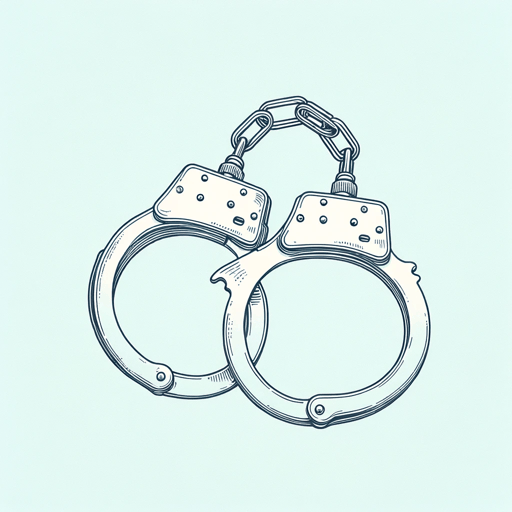
Gerald's Game
Stephen King

Gwendy's Button Box
Stephen King, Richard Chizmar
